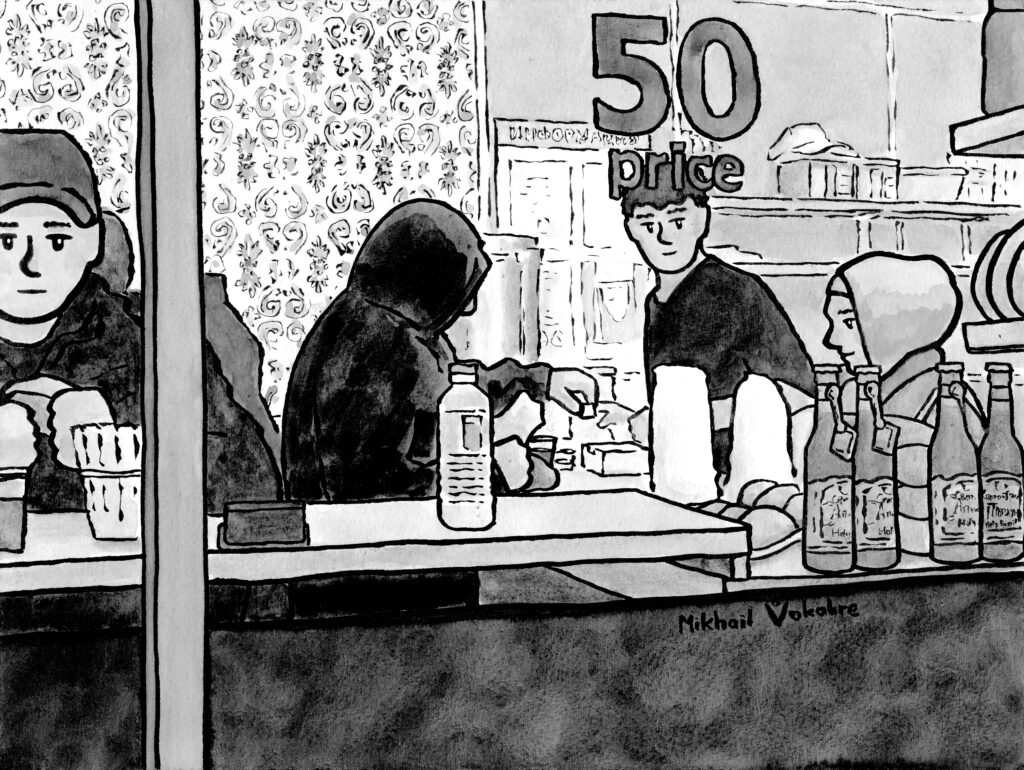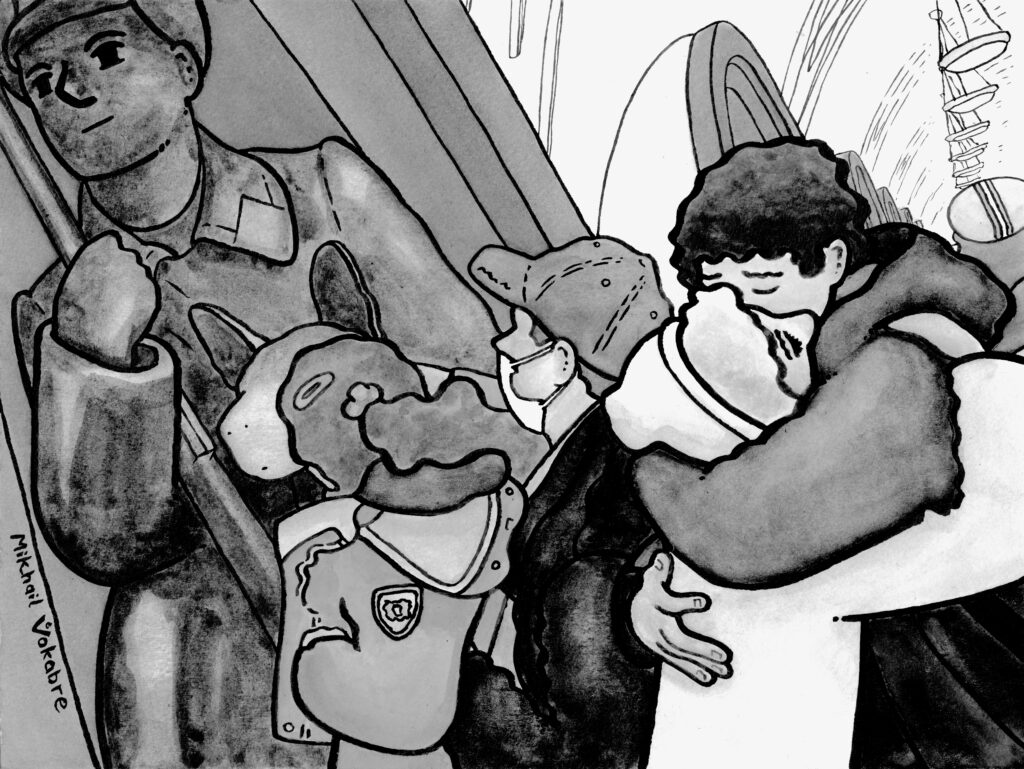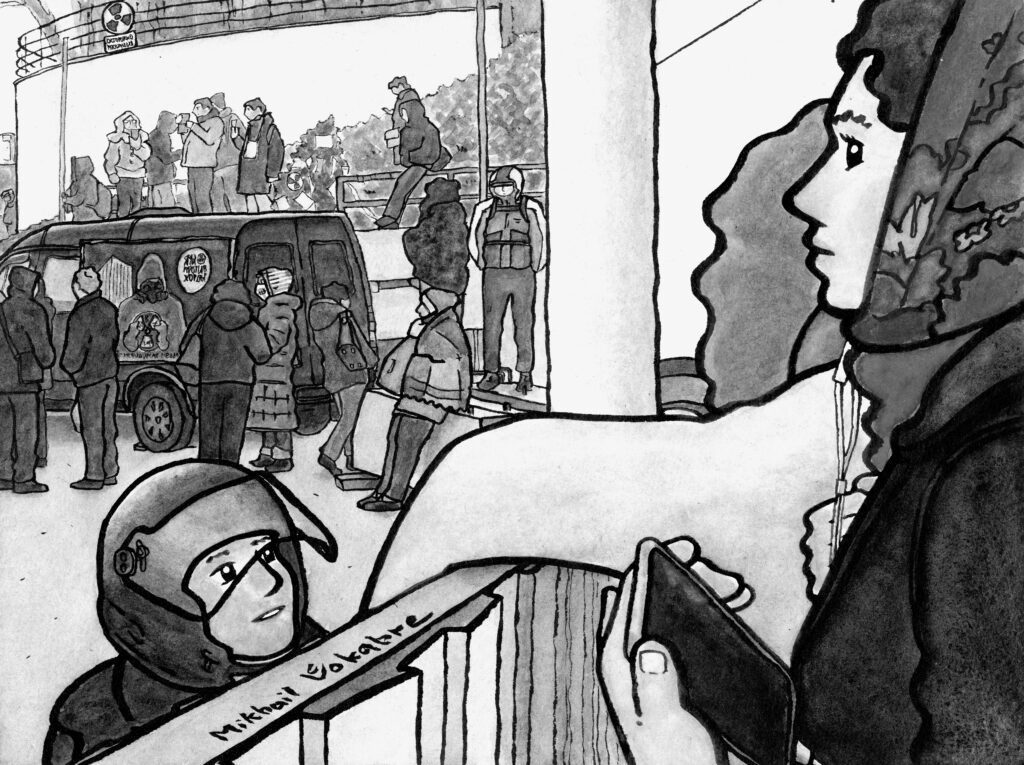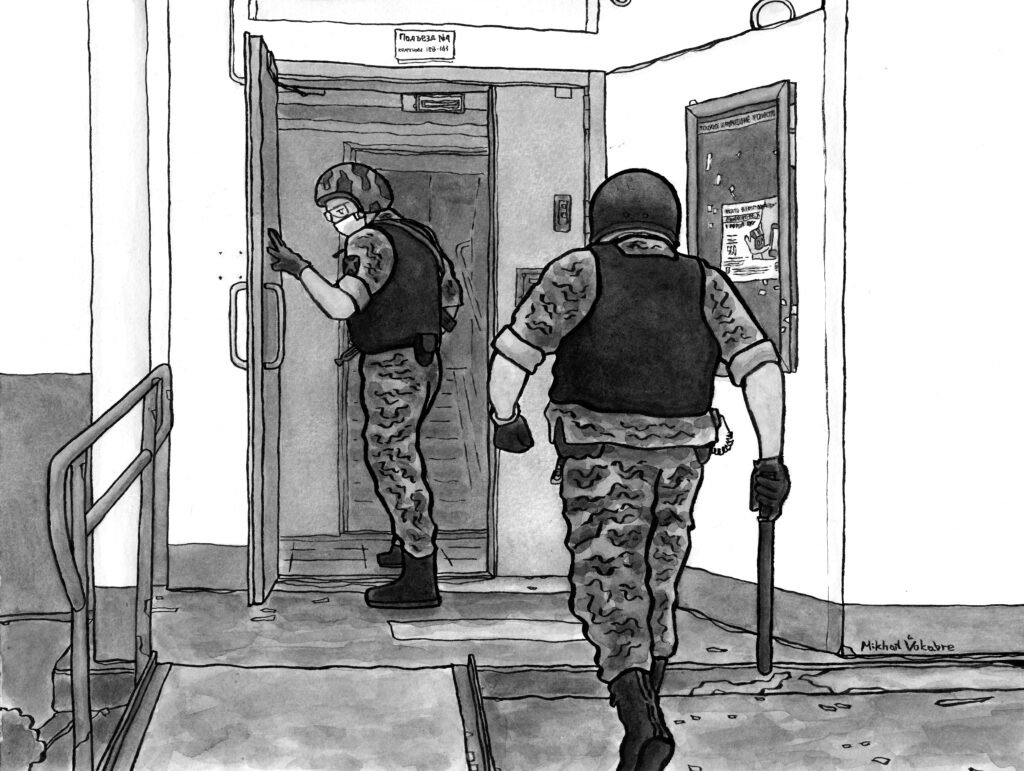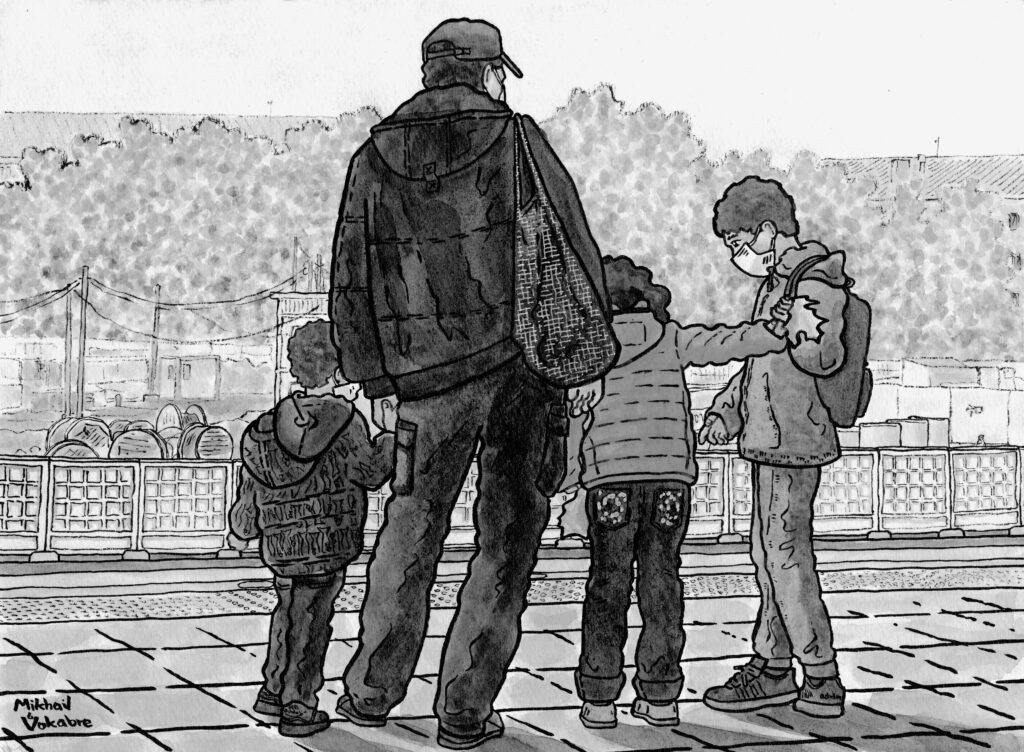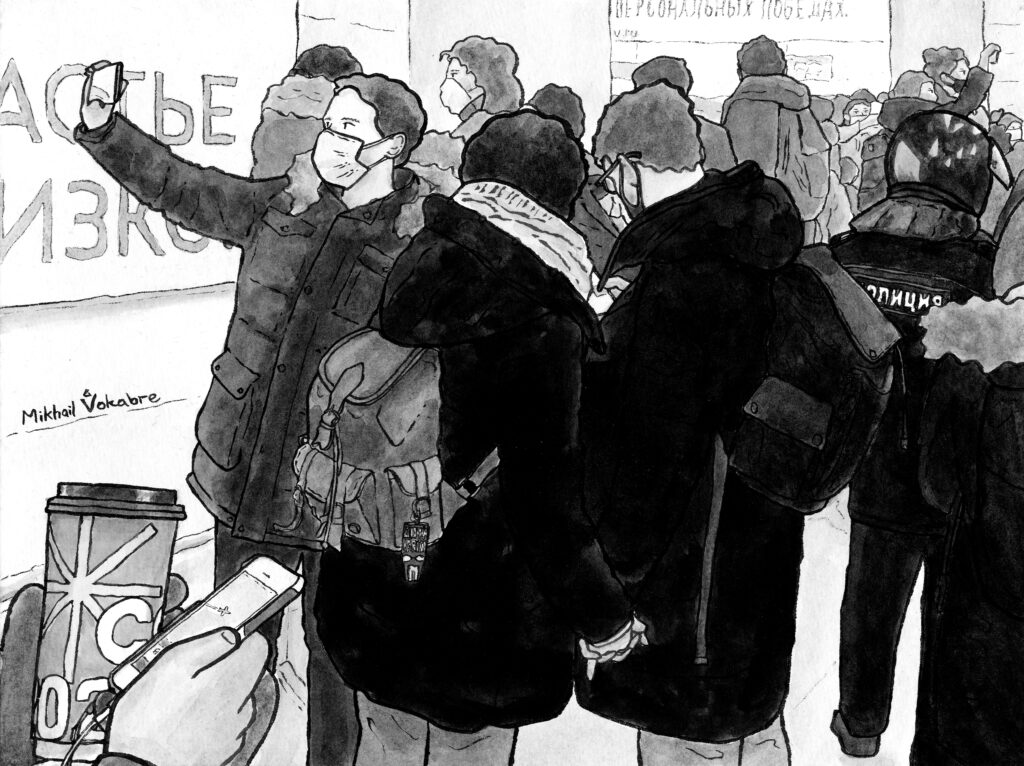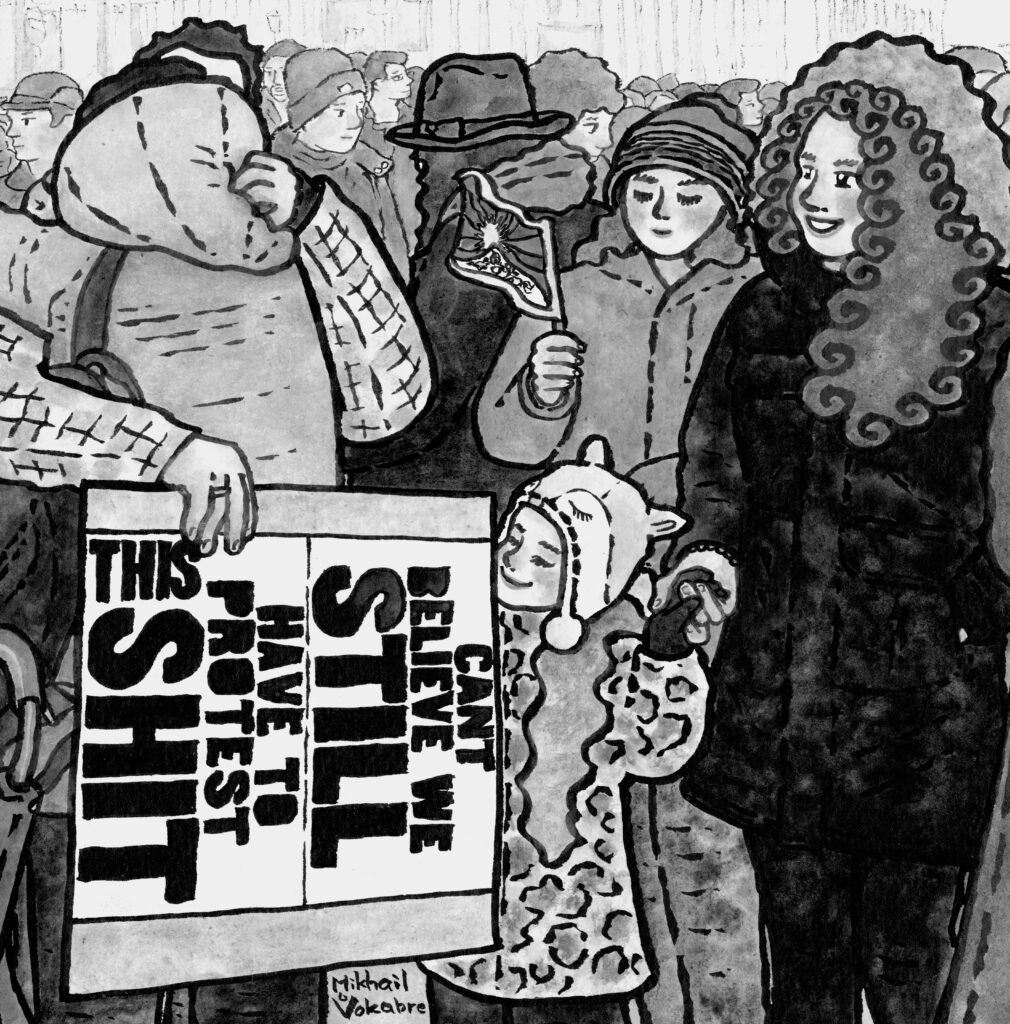The virus likely arrived in Russia from Italy. By the time the seriousness of the threat was recognised, it was too late to close the borders. The government was quick to blame the ‘liberals’ who ‘brought the virus from Europe’, forgetting that most government-connected figures travel to Europe more than the average Russian. Nationalists blamed the Chinese, and by extension all Asians. Margarita Simonyan, head of ‘Russia Today’, promoted the idea that only ethnic Chinese carry the virus. Moscow’s transit authority demanded bus drivers call the police on ‘ethnic Chinese’, a move that angered the Chinese embassy.
Vladimir Putin suddenly remembered that Russia is a Federation and shifted all pandemic regulations and relief onto the regions. This ensured that any blame would fall on regional heads and not on the federal government. In his speech Putin avoided terms such as ‘quarantine’, instead calling people ‘to rest at home’.
The restrictions were very unpopular. The cities were locked down, patrolled by the police and National Guard. It didn’t help that the man in charge of the pandemic, ‘TV doctor’ Aleksandr Myasnikov, downplayed the pandemic during the initial months. The ‘Sputnik-V’ vaccine was supposed to be a Russian achievement the world would respect. However, its initial introduction, with coerced tests on soldiers and medical students, didn’t impress public opinion. Many Russians demanded foreign vaccines, as many of us tend to see imported medicine as being of better quality, but to this day these are not even recognized as valid, let alone administered in Russia. While over time Sputnik V proved to be reasonably trustworthy, the level of vaccination in Russia remains as low as 15 per cent.
People’s despair grew, exacerbated by the lack of pandemic relief, and so did protests by supposedly apolitical people. By 2022, the government lifted all restrictions regardless of the continuing threat. All that remained was the ban on public assembly, very helpful in preventing protests.
The pandemic showed just how little human life is valued by the Russian government. By December 2021 one million excess deaths were reported by Mediazona and Kholod. The digital map used by Mediazona to count pandemic deaths has since been repurposed to count Russian soldiers killed in the war against Ukraine.
